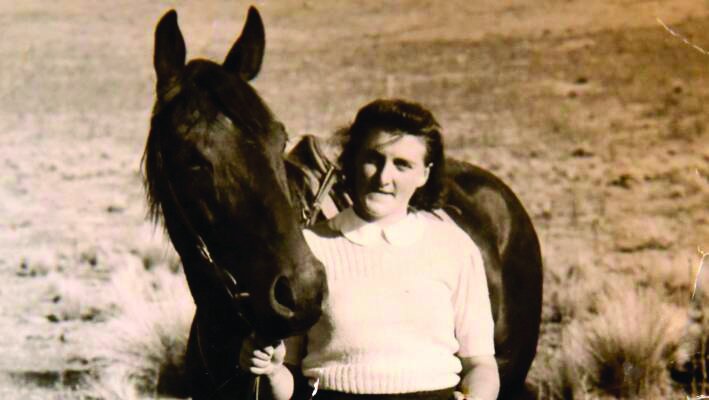The NZ Land Girls



The Land Girls are surely New Zealand’s unsung war heroes.The Women’s Land Service was established in 1940 to meet the shortage of male labour caused by their enlistment in the forces during World War 2. There were nearly 4,000 women working on the land and managing farms throughout New Zealand as part of the war. Sadie Lietze (née Stuart) was one of these Land Girls
Words: Gilly Oppenheimer
Images: Supplied
In 1942 Sadie was just 19 and working in the Tip Top Milk Bar in the Octagon in Dunedin, when an advertisement caught her attention. “Women over 17 years of age. For a healthy vital war job. Join the Women’s Land Service”.
Having grown up on a dairy farm at Highcliff on the Otago Peninsula, Sadie was used to milking cows, rearing calves, riding horses and having a dog. However, during the Depression the family had to move off the farm. But she hadn’t forgotten her skills so she applied for a job with the Women’s Land Service. She was interviewed and accepted.
Sadie was then sent to Omarama to work on Tara Hills, a high country station. She spent two years here as a cowman, assistant rabbiter, gardener, horse breaker, musterer, wool classer and general rouseabout. She milked the cows every day of the year, morning and night, and never had a break. As well as being up at 6am every morning to do the milking, Sadie was expected to catch and saddle up the children’s ponies for school and help with domestic chores.
Trapping rabbits was a full-time job in winter and was backbreaking work, but the biggest hardships were the conditions and the cold. There was no electricity. A Delco engine charged batteries for the light and the wireless, which they listened to for war news at nine o’clock in the evenings. Sadie slept in an old tin hut, powered by candles and she kept warm at night by putting sacks off the floor on top of her bed! Hot, nutritious meals were served in the homestead and her weekly bath was a treat.
When she turned 21, Sadie asked to be transferred and she then spent 8 months on a property at Kelso in West Otago, where she was treated like a daughter until the war ended and the Women’s Land Service was disbanded. Most of these women stayed on the land. They married farmers, brought up families, and until recently, Sadie met every year with her fellow Land Girls for an annual reunion.
The Land Girls kept the country’s wheels turning when the men went off to serve in World War 2 and showed that women were equal to men both in farm and stock management, but their efforts are largely forgotten. After the war was over, there was no acknowledgement of their work and the NZ Government doesn’t even have a record of these women. There is no national monument to the Land Girls, although several woolsheds around the country have bronze bells, made by Jai Hall to honour their contribution.
Now aged 97, Sadie wanted a memorial for her friends and colleagues. She was so impressed with the views and plantings at the Rongomaraeroa Peace Walk in Maungati, that she has raised the money to install a memorial plaque to recognize the efforts of the Women’s Land Service. A seat, provided by Fiona Elworthy, has been built by John Brownlie. The seat and plaque will be blessed at Maungati on Sunday, October 18th at 11am.

